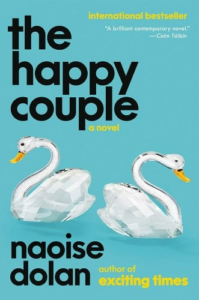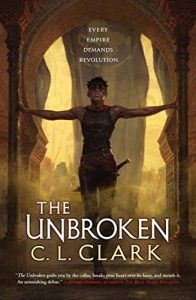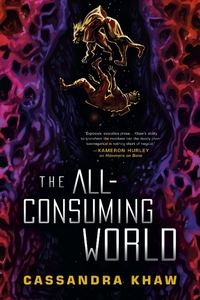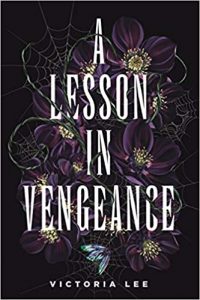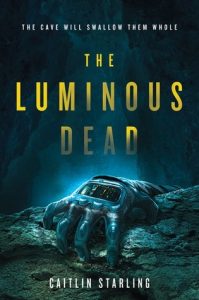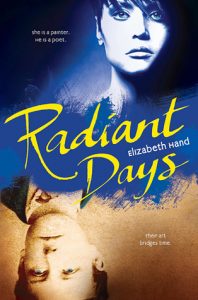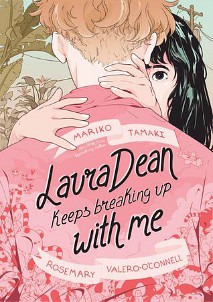Buy this on Bookshop.org to support local bookstores and the Lesbrary!
If you’re looking for something fun, marathonable, the right amount of messy, and full of queer love polygon drama, then look no further than The Happy Couple. I listened to this as an audiobook (a short and snappy 5.5 hour experience) and I found myself always looking forward to my next drive or run just so I could hear what happened next.
Celine and Luke are engaged, and their wedding date is quickly approaching, but will they go through with it? Luke is a pretty obvious serial cheater and Celine is so focused on the work of being a concert pianist that she has just ignored it. Yes, the oh so happy couple. Additional layers of drama unfold as more and more angles of their love polygon are exposed. Archie is Luke’s best man as well as Luke’s ex-lover who is definitely still in love with the groom-to-be. Celine’s ex, Maria, shows up at the engagement party and stirs the pot. Celine’s sister Phoebe knows Luke has something to hide and is convinced to get the bottom of it. And Vivian, yet another ex of Luke’s, is willing to call people on their craziness and bring some tough love to her friends in this mess.
Buckle up, folks. This cast of wild characters really brings the drama that can only be fully encapsulated by interrobangs. Luke doesn’t show up to his own engagement party?! It’s hours before the wedding and Luke needs a new shirt but who comes to switch shirts with him other than his ex-lover, Archie?! Celine’s ex is having long heart-to-hearts with Luke?!
The Happy Couple felt like reality TV in the best way. I was immersed in this story’s twists, turns, and reveals that provided a welcome distraction when my brain needed a break from the current world. But what I loved most is that it didn’t just feel like gossip that pulls me in but at the end of the day makes me feel icky. Naoise Dolan writes her indeed flawed characters with a kindness and nuance that allowed me to see them for more than their often infuriating actions and reflect alongside them in the gray decisions they find themselves having to make. It was a delightful balance of unhinged meets kind.
If you’re driving home for the holidays and need a book you can finish in one road trip, I highly recommend pressing play on this one!
Content warnings: toxic relationships, drug use and abuse, infidelity, suicidal thoughts
Natalie (she/her) is honestly shocked to find herself as a voracious reader these days – that certainly wasn’t the case until she discovered the amazing world of queer books! Now she’s always devouring at least one book, as long as it’s gay. She will be forever grateful for how queer characters kept her company through her own #gaypanic and now on the other side of that, she loves soaking up queer pasts, presents and futures across all genres. Find more reviews on her Bookstagram!

